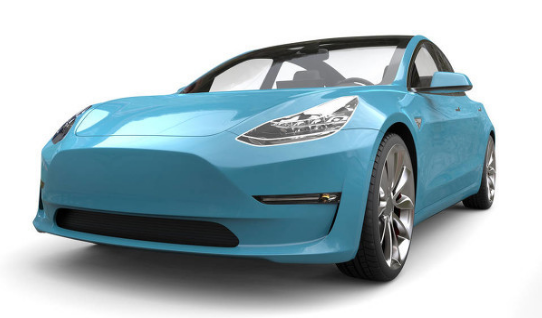Can the expandable wireless charging system charge electric vehicles on the move?
When Tesla Roadster was put into production in 2008, the user's promise was that the cruising range per charge exceeded 210 miles. More than ten years later, the upcoming version is almost three times this promise. But even if you can afford this jaw-dropping price, you still have to spend some time parking and charging. Being able to charge the battery at any time on the highway will be a better way, and a new research project from Stanford has pointed the way.
At present, the wireless charging technology can already charge the batteries of electric vehicles, but compatible cars still need to be parked on the charging board and connected to the power supply. A magnetic field is generated between the power supply and the receiver, the two resonate at the same frequency, and the power is transmitted wirelessly in a small air gap.
Installing wireless charging technology on highways allows batteries of electric vehicles to be charged while the cars are driving on highways. This has been the subject of research for many years, but it is still a considerable issue. One of the problems that needs to be solved is the adverse effect of the variable distance between the source and the receiver on the charging efficiency.

Three years ago, Fan Shanhui, an electrical engineer at Stanford University, and a graduate student named Sid Assawaworrarit built a system that basically overcomes this problem. By adding an amplifier and feedback resistor to the design, the operating frequency can be automatically adjusted as the distance between the charger and the moving object changes. Unfortunately, this version is considered too inefficient, does not meet the actual situation, requires a lot of electricity to operate, and can only transfer about 10% of the electricity to moving objects.
In the new research and development, the researchers replaced the amplifier in the original design with a more efficient "switch mode" unit, then spent a long time to repair the circuit, and finally came to a configuration with a transmission efficiency of 92% . Although the prototype can only wirelessly transmit 10 watts of power in a distance of two to three feet, the team believes that there are no obstacles that can prevent the system from expanding to wirelessly power fast-moving vehicles.
Fan Shanhui said that this is an important step towards a practical and efficient wireless charging system, which can achieve wireless charging even when cars and robots move at high speeds. If we want to charge a moving car, we have to increase the power, but I think this is not a serious roadblock. We have finished charging the moving robot.
It is reported that electric vehicles can get wireless charging when they travel through a four-foot charging area at a speed of 70 mph. Currently, the car battery charging speed is the only potential limitation for this application.
If you want to know more, our website has product specifications for wireless charging system, you can go to ALLICDATA ELECTRONICS LIMITED to get more information

